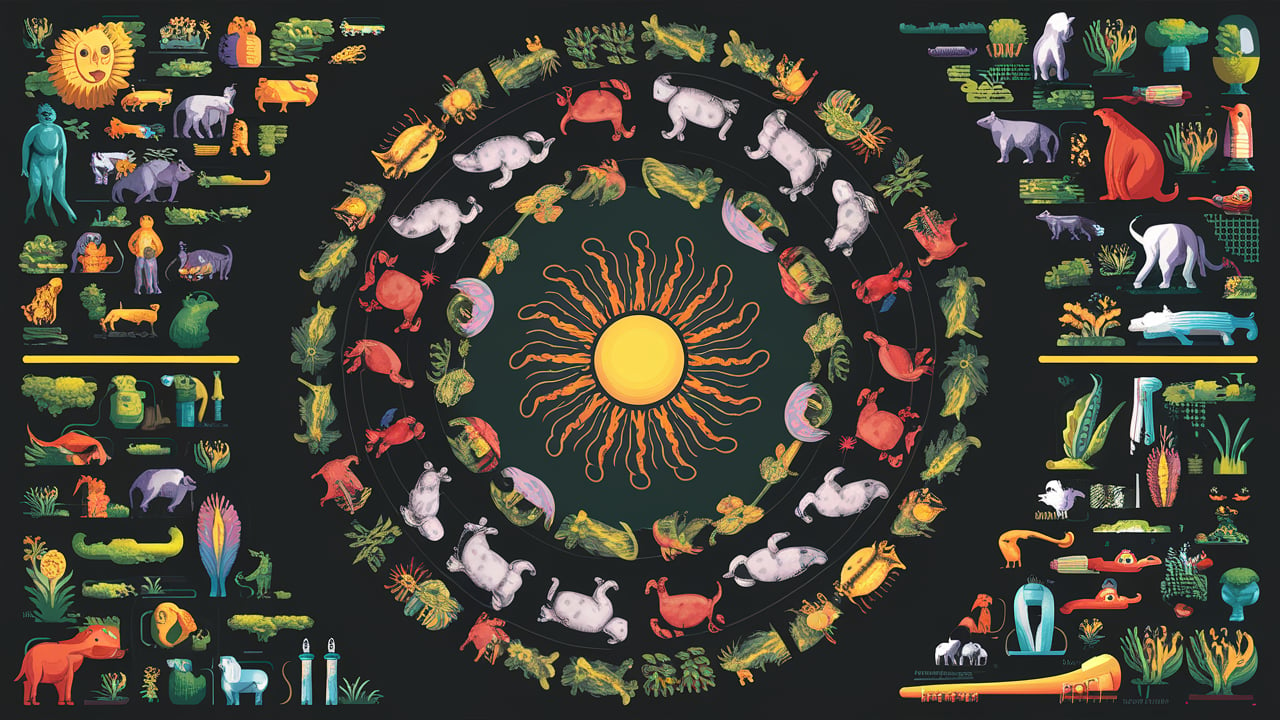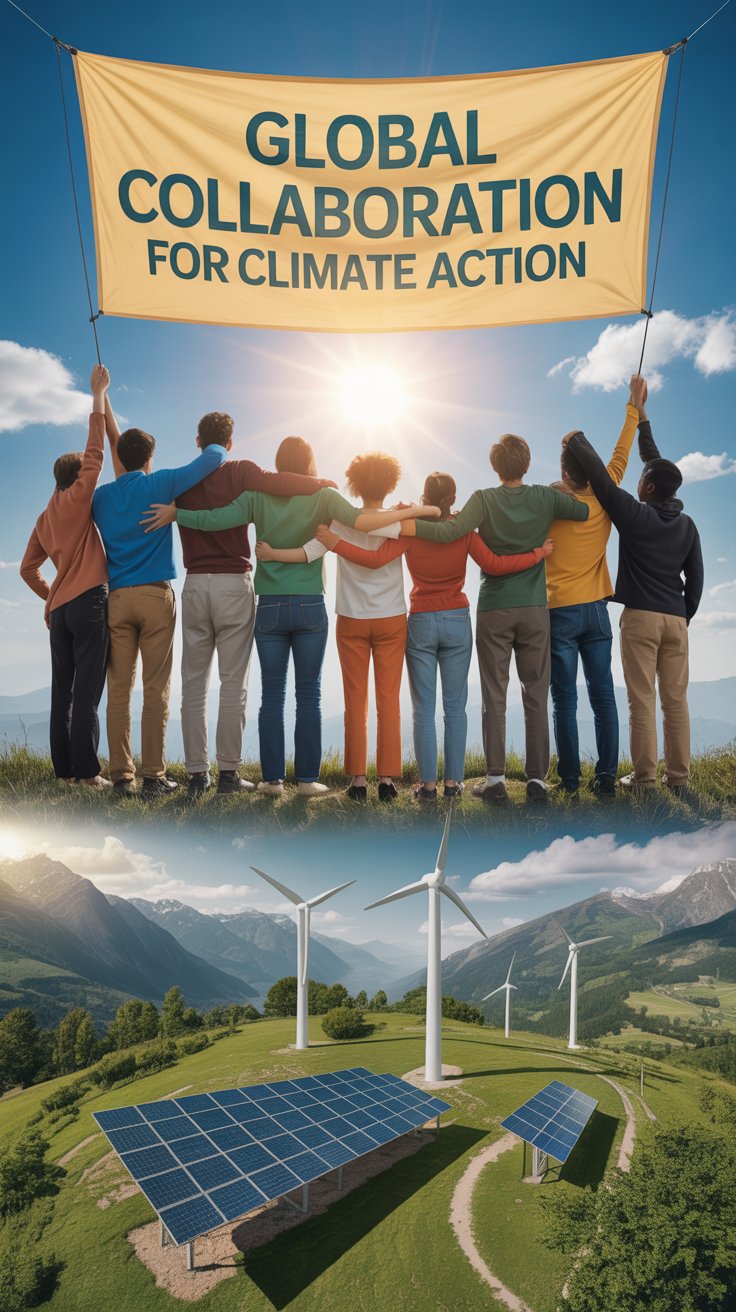Biomass is organic material produced by plants and animals. You can use it as a source of energy.
The biomass cycle is Burning by-products from forestry, plants, animal waste, and even sewage and landfill waste that can serve as fuel or generate electricity.
Power plants commonly burn biomass fuel pellets to produce electricity.
1. Production of Biomass
Photosynthesis
The biomass cycle begins with photosynthesis, where plants, algae, and certain bacteria convert carbon dioxide (CO2) from the atmosphere into organic compounds using sunlight as energy. This process forms the basis of biomass production, as plants grow and accumulate organic matter.
2. Consumption and Decomposition
Consumers
Consumers, including herbivores, carnivores, and omnivores, consume plant material or other organisms to obtain energy and nutrients. This consumption transfers biomass through different trophic levels within ecosystems.
Decomposition
When organisms die or produce waste, decomposers such as bacteria and fungi break down organic matter into simpler compounds. This decomposition process releases nutrients like nitrogen, phosphorus, and potassium back into the soil, completing the nutrient cycle.
3. Carbon Sequestration and Storage
Carbon Sequestration
Plants play a crucial role in carbon sequestration by absorbing CO2 from the atmosphere during photosynthesis and storing carbon in their tissues and roots. This stored carbon remains locked in biomass until decomposition or combustion releases it back into the atmosphere.
4. Energy Conversion and Utilization
Bioenergy
Biomass serves as a renewable energy source through bioenergy technologies. Biomass can be burned directly for heat or converted into biofuels such as ethanol and biodiesel for transportation and electricity generation, reducing reliance on fossil fuels.
5. Environmental Impact and Sustainability
Ecosystem Services
The biomass cycle supports essential ecosystem services, including soil fertility, water filtration, and biodiversity conservation. Maintaining healthy biomass cycles is crucial for sustaining these services and mitigating climate change through carbon sequestration.
Conclusion
The biomass cycle is a fundamental process in nature that regulates carbon flow, nutrient recycling, and energy transfer within ecosystems. Understanding and managing the biomass cycle effectively is essential for promoting sustainability and resilience in the face of environmental challenges.
FAQs
What are some examples of biomass sources used for bioenergy?
Biomass sources for bioenergy include wood, agricultural residues (e.g., crop residues, straw), energy crops (e.g., switchgrass, sugarcane), and organic waste materials (e.g., municipal solid waste, food waste).
How does biomass contribute to carbon neutrality?
Biomass used for bioenergy can be considered carbon neutral when managed sustainably. CO2 emissions released during biomass combustion are balanced by CO2 absorption during plant growth, maintaining a neutral carbon footprint.
What are the challenges of using biomass for energy production?
Challenges include competition with food production, land use changes, biodiversity impacts, and ensuring sustainable biomass sourcing and management practices.
Can biomass cycles vary in different ecosystems?
Yes, biomass cycles can vary based on factors such as climate, soil type, vegetation types, and human activities. Tropical rainforests, temperate forests, grasslands, and aquatic ecosystems each have unique biomass cycles.
How can individuals contribute to sustainable biomass management?
Individuals can support sustainable biomass management by promoting reforestation and afforestation efforts, reducing food waste, using energy-efficient appliances, and advocating for policies that promote renewable energy sources.





Leave a Reply